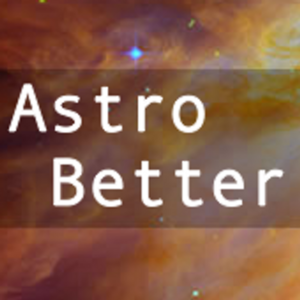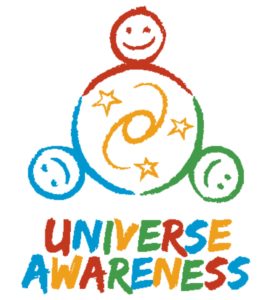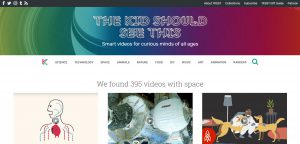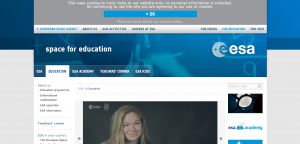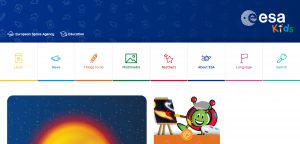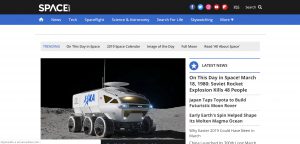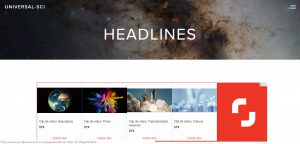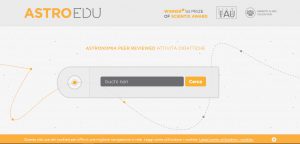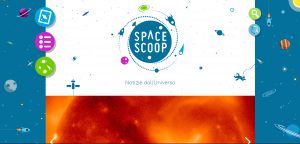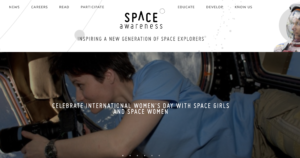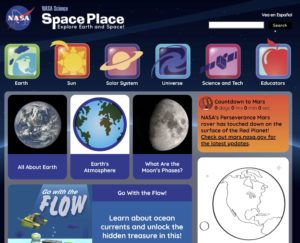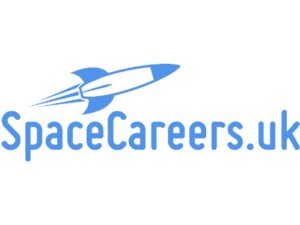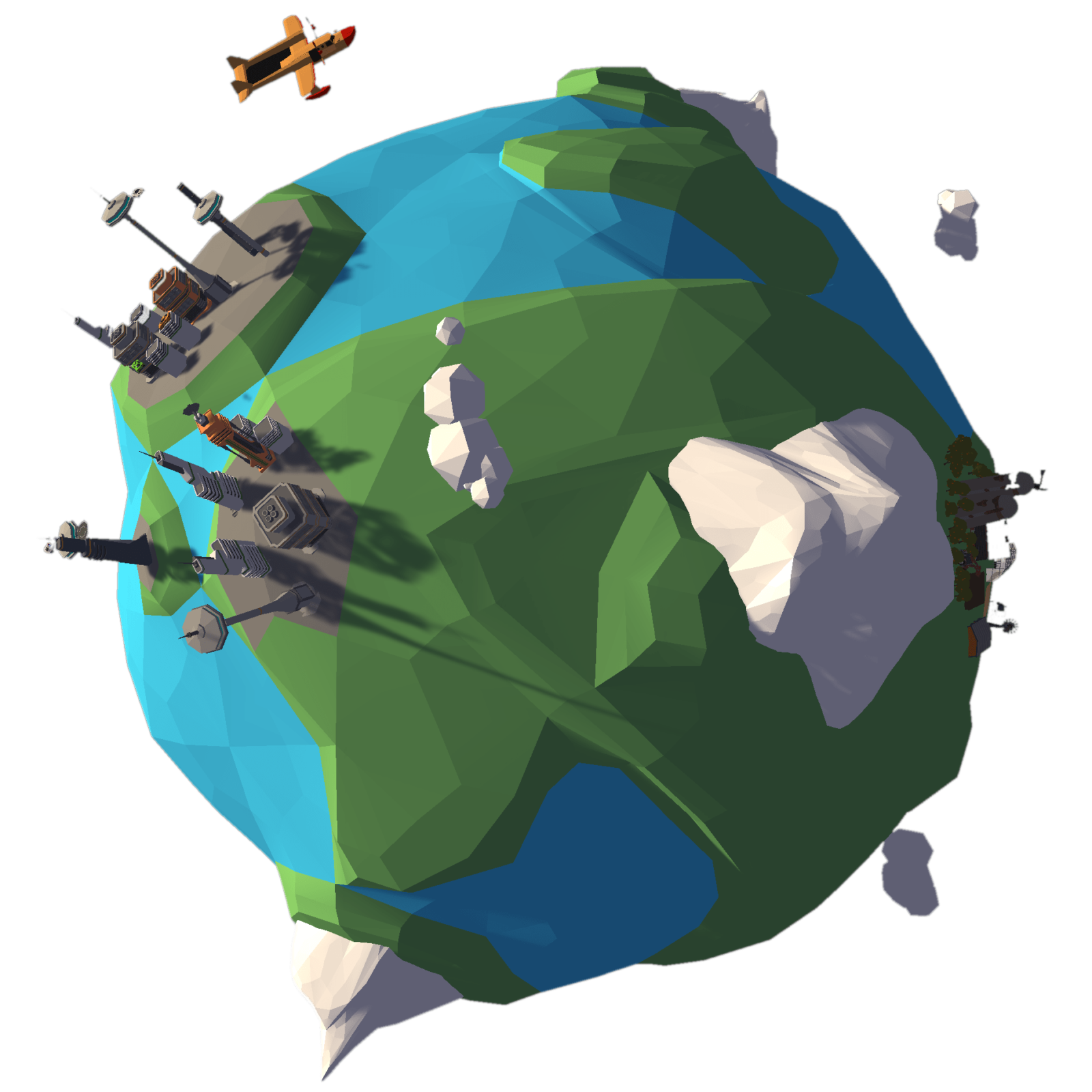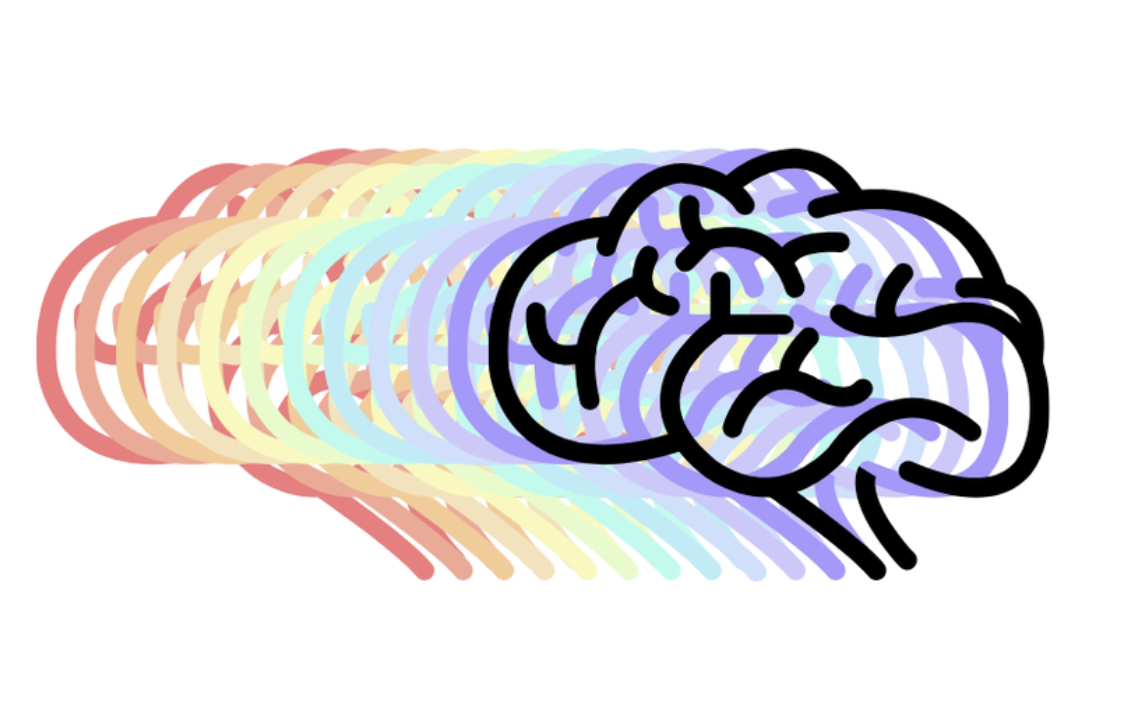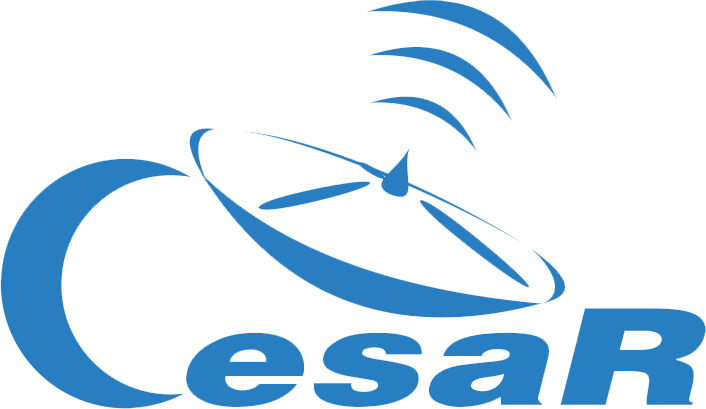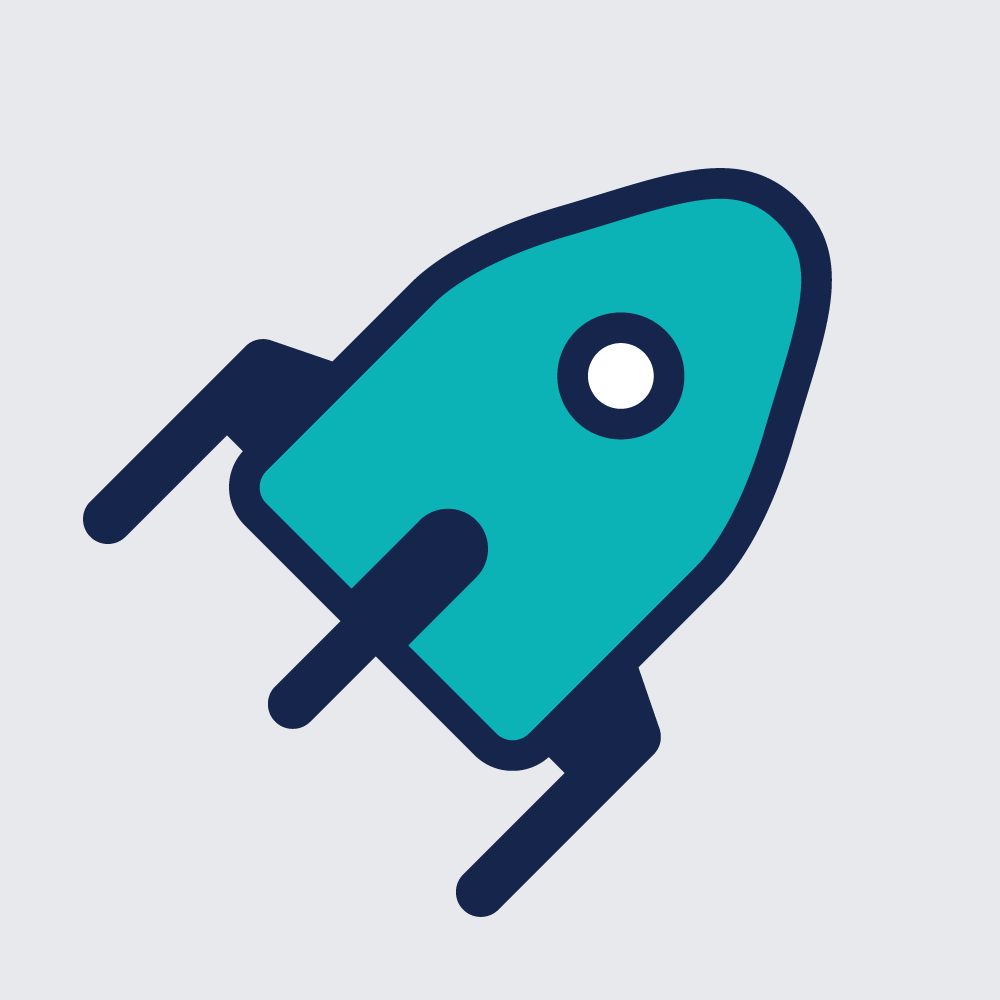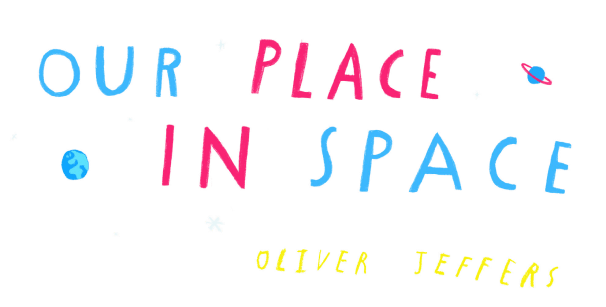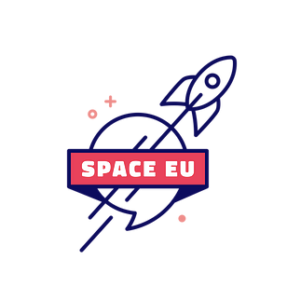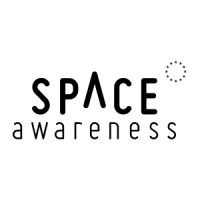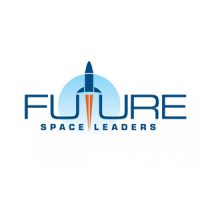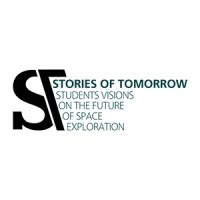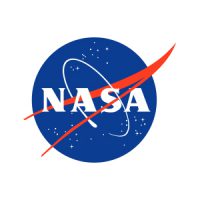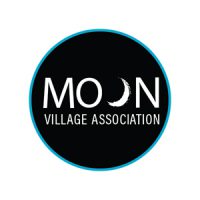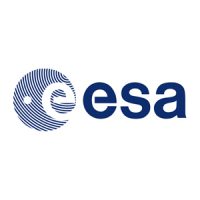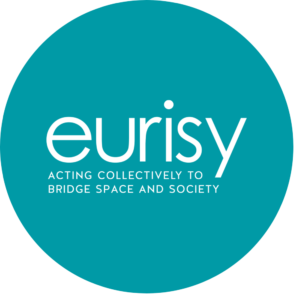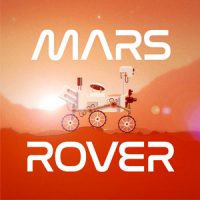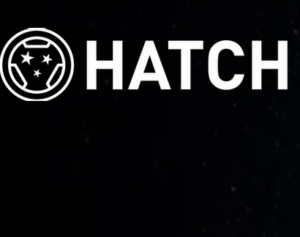Videos – Be inspired!

An astronaut's story of curiosity, perspective and change | Leland Melvin
What job is best for a young man who's been a tennis ace, a cross-country traveller, a chemistry nerd and an NFL draftee? How about ... astronaut? Leland Melvin tells the story of the challenges he's accepted and the opportunities he's seized -- and how they led him to the International Space Station and a whole new perspective of life on earth. (Contains mature content)
Watch here
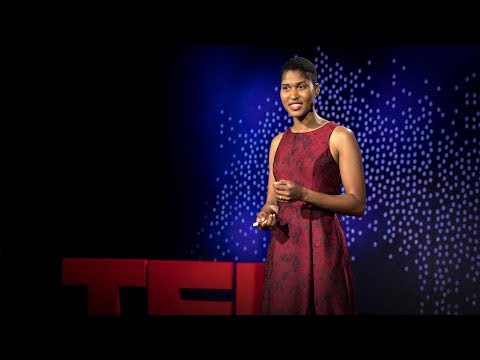
6 space technologies we can use to improve life on Earth | Danielle Wood
Danielle Wood leads the Space Enabled research group at the MIT Media Lab, where she works to tear down the barriers that limit the benefits of space exploration to only the few, the rich or the elite. She identifies six technologies developed for space exploration that can contribute to sustainable development across the world -- from observation satellites that provide information to aid organizations to medical research on microgravity that can be used to improve health care on Earth. "Space truly is useful for sustainable development for the benefit of all peoples," Wood says.
Watch here
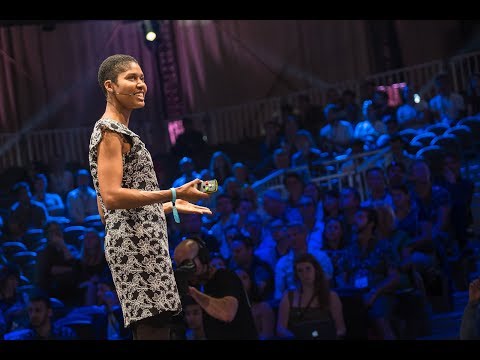
Space tech enabling sustainable development
Professor Danielle Wood leads the new Space Enabled Research Group at the MIT Media Lab, which advances justice by improving designs for complex systems using technology enabled by space. Join this talk to get a sense of how space technologies have developed in the past year and what is already possible with those technologies, right here on earth. Six space technologies already contribute to sustainable development: earth observation, communication, positioning, microgravity research, space spinoff technology, and the inspiration that space brings via astronomy, education and capability building.
Watch here
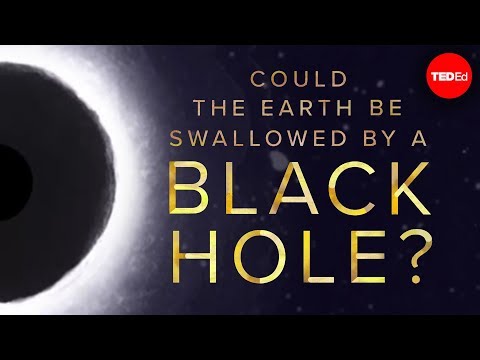
Could the Earth be swallowed by a black hole?
From asteroids capable of destroying entire species to supernovae that could exterminate life on Earth, outer space has no shortage of forces that could wreak havoc on our planet. But there’s something in space that is even more terrifying than any of these -- something that wipes out everything it comes near. Fabio Pacucci examines the probability of Earth being gobbled up by a black hole.
Watch here
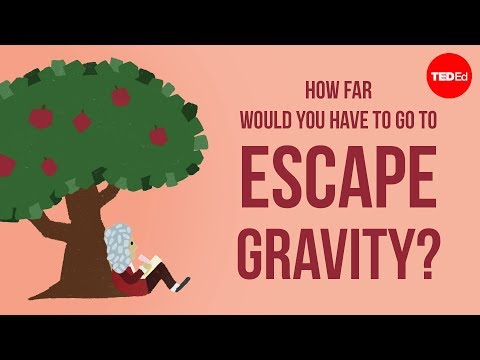
How far would you have to go to escape gravity?
Every star, black hole, human being, smartphone and atom are all constantly pulling on each other due to one force: gravity. So why don’t we feel pulled in billions of different directions? And is there anywhere in the universe where we'd be free of its pull? Rene Laufer details the inescapability of gravity.
Watch here
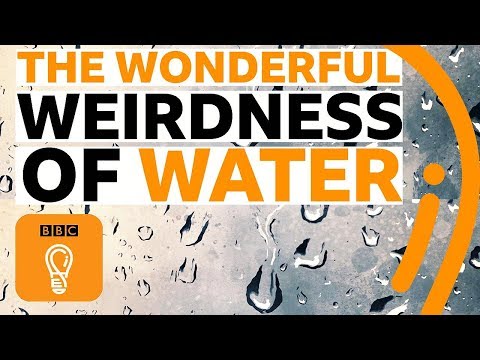
Why water is really, really weird
Did you know that the water inside you has previously been inside dinosaurs, bacteria, the oceans. Science journalist Alok Jha explains why water is so incredibly weird
Watch here
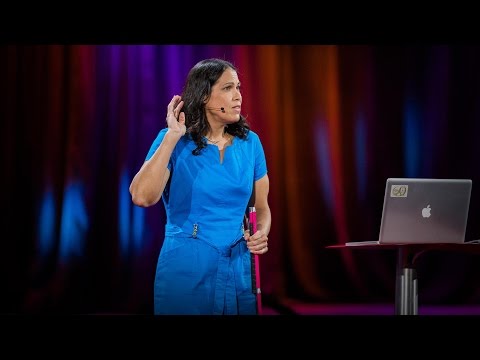
How a blind astronomer found a way to hear the stars
Wanda Diaz Merced studies the light emitted by gamma-ray bursts, the most energetic events in the universe. When she lost her sight and was left without a way to do her science, she had a revelatory insight: the light curves she could no longer see could be translated into sound.
Watch here
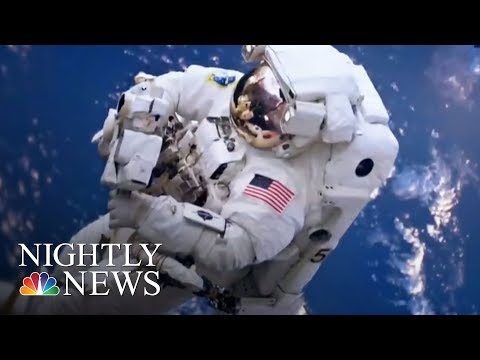
NASA Programs Aims To Prepare Astronauts To Become Space Doctors
NASA and Brigham and Women’s Hospital have teamed up to create a first of-its-kind space simulator to teach astronauts how to deal with medical emergencies, ranging from simple injuries to a heart attack.
Watch here
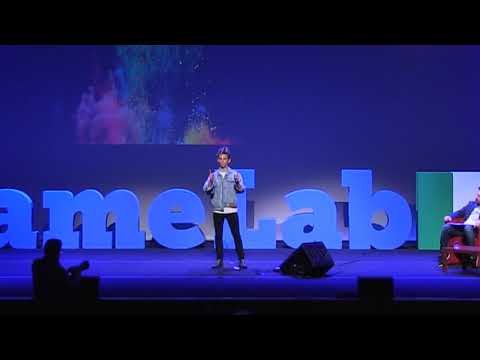
Riccardo Impavido - vincitore Finale Nazionale FameLab Italia 2018
Finale Nazionale FameLab Italia 2018
20 Aprile 2018
Sala Petrassi - Auditorium Parco della Musica Roma
National Geographic Festival delle Scienze
Watch here
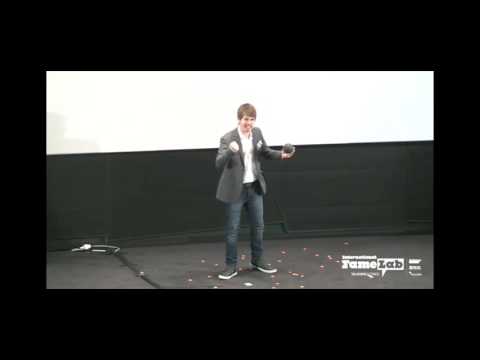
Lorenzo Pizzuti - vincitore FameLab Italia 2016
Finale Nazionale di FameLab Italia 2016, il talent show della scienza dove la scienza viene raccontata in 3 minuti.
Watch here
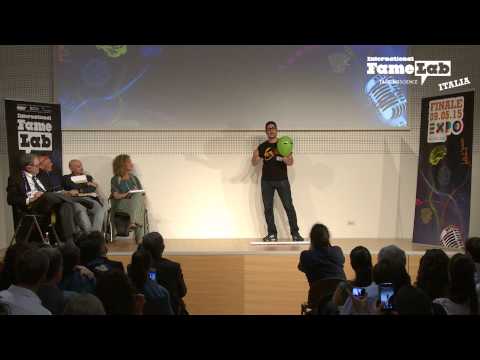
LUCA PERRI - vincitore di FameLab Italia 2015
La finale nazionale di FameLab Italia 2015 si è svolta a Milano presso EXPO 2015 il 9 Maggio 2015.
Watch here

Kurzgesagt – In a Nutshell
Videos explaining things with optimistic nihilism.
We are a small team who want to make science look beautiful. Because it is beautiful.
Watch here

How does the International Space Station work?
The International Space Station is the largest man-made object in space. It was built in pieces and then launched into space and assembled in orbit. In this video, we'll go over some background about the station and then walk through each module in the order that it was assembled.
Watch here
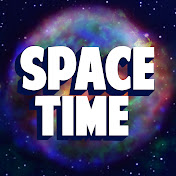
PBS Space Time
Space Time explores the outer reaches of space, the craziness of astrophysics, the possibilities of sci-fi, and anything else you can think of beyond Planet Earth with our astrophysicist host: Matthew O’Dowd.
Watch here

Physics Girl
Physics Girl is a YouTube channel created by Dianna Cowern that adventures into the physical sciences with experiments, demonstrations, and cool new discoveries. Physics Girl has videos for every atom and eve.
Watch here
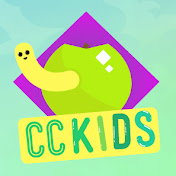
Space Compilation: Crash Course Kids
Maybe you'd like to just hear about one topic for a while. We understand. Thus, we've created our Compilation Series. In this video, we look at some of our videos about Space. Sabrina talks to us about the Sun, stars, the universe, and how constellations work.
Watch here
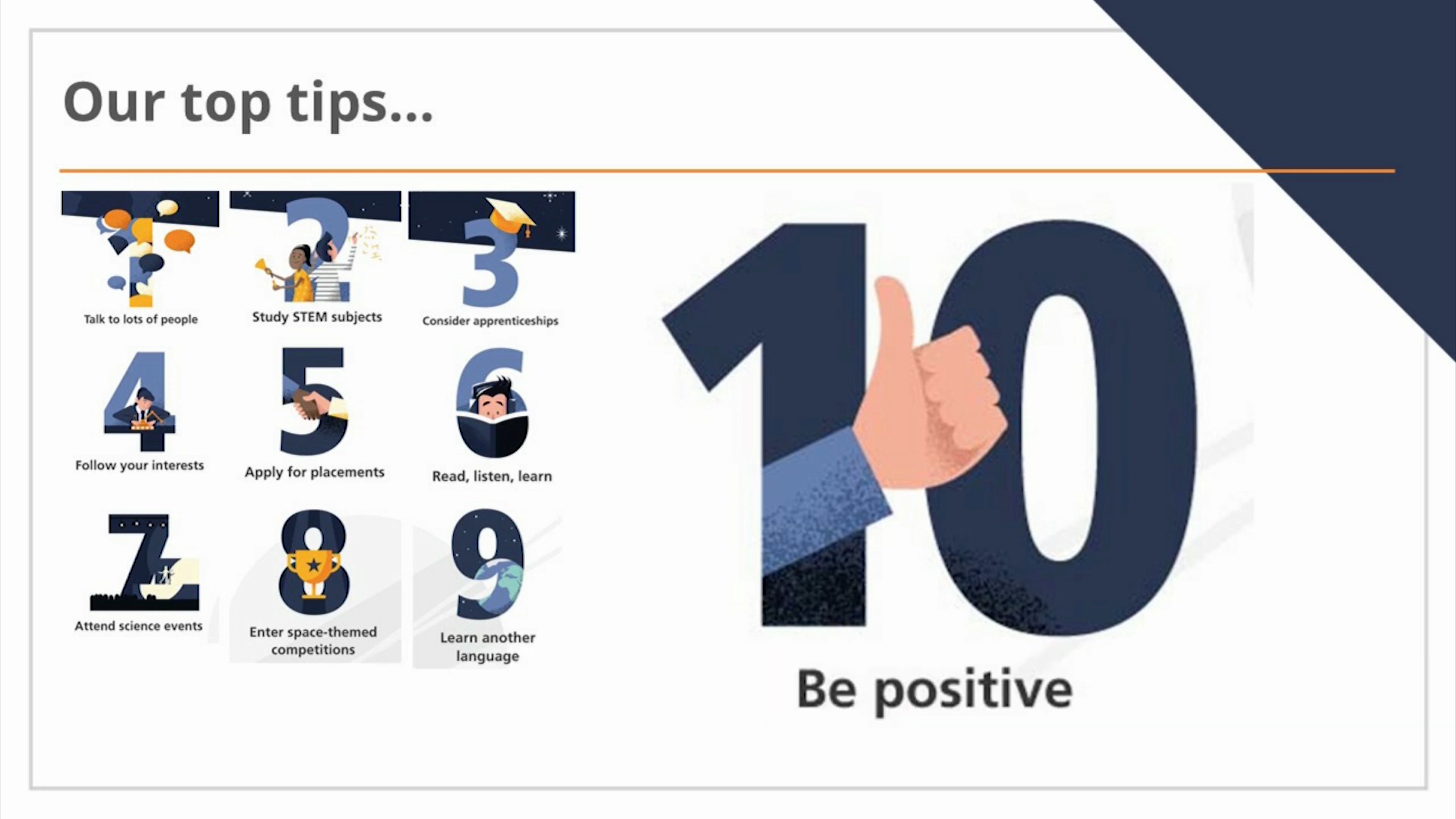
Top 10 Tips to get a Job in the Space Industry
Want to launch your career in the space industry?
Sophie, from the National Space Academy, shares her 10 top tips for a career in the space industry.
Watch here
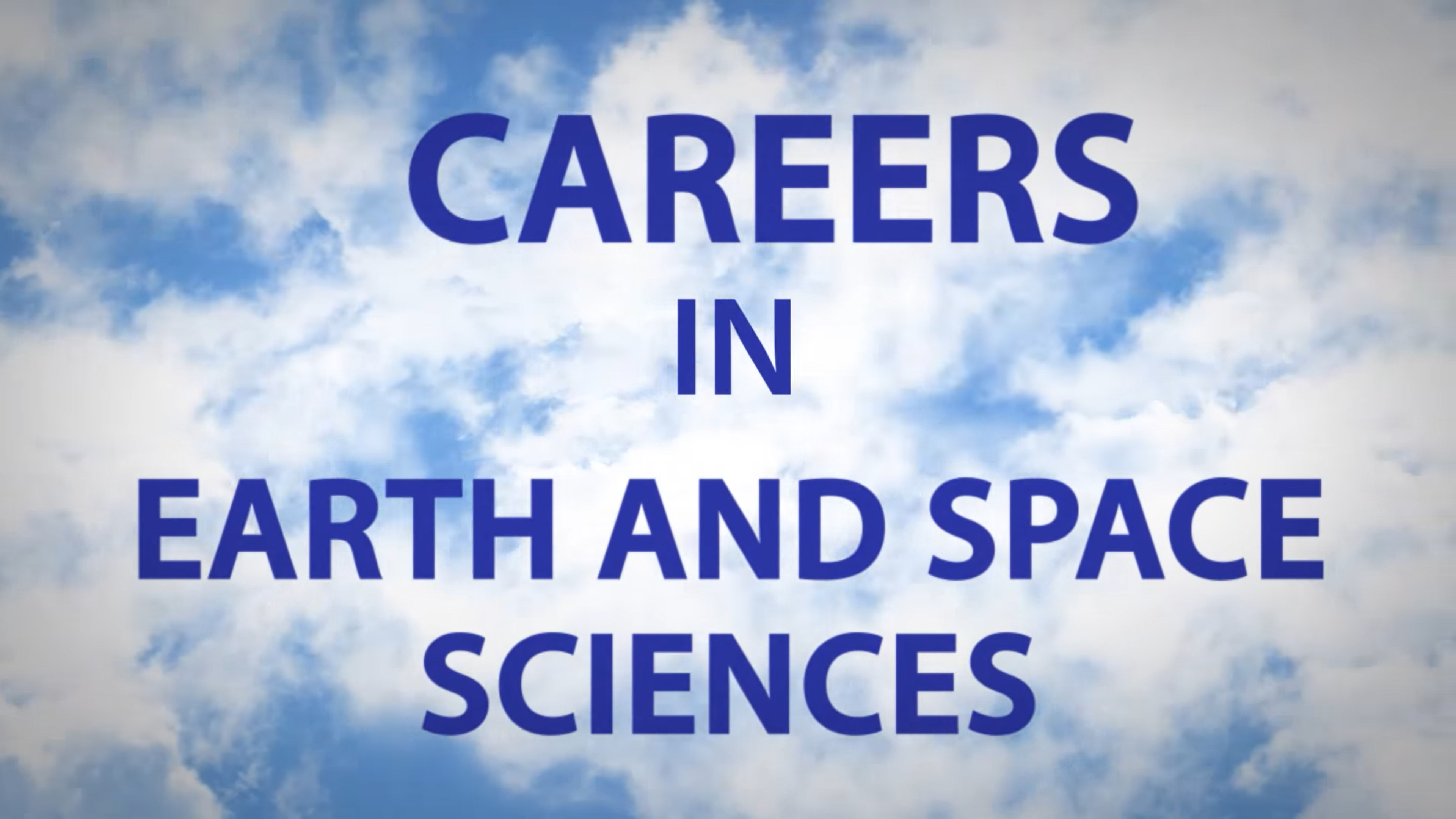
Careers in Earth and Space Sciences
More information about careers in the earth and space sciences can be fo...
Watch here

An astronaut's story of curiosity, perspective and change | Leland Melvin
What job is best for a young man who's been a tennis ace, a cross-country traveller, a chemistry nerd and an NFL draftee? How about ... astronaut? Leland Melvin tells the story of the challenges he's accepted and the opportunities he's seized -- and how they led him to the International Space Station and a whole new perspective of life on earth. (Contains mature content)
Watch here
6 space technologies we can use to improve life on Earth | Danielle Wood
Danielle Wood leads the Space Enabled research group at the MIT Media Lab, where she works to tear down the barriers that limit the benefits of space exploration to only the few, the rich or the elite. She identifies six technologies developed for space exploration that can contribute to sustainable development across the world -- from observation satellites that provide information to aid organizations to medical research on microgravity that can be used to improve health care on Earth. "Space truly is useful for sustainable development for the benefit of all peoples," Wood says.
Watch here
Space tech enabling sustainable development
Professor Danielle Wood leads the new Space Enabled Research Group at the MIT Media Lab, which advances justice by improving designs for complex systems using technology enabled by space. Join this talk to get a sense of how space technologies have developed in the past year and what is already possible with those technologies, right here on earth. Six space technologies already contribute to sustainable development: earth observation, communication, positioning, microgravity research, space spinoff technology, and the inspiration that space brings via astronomy, education and capability building.
Watch here
Could the Earth be swallowed by a black hole?
From asteroids capable of destroying entire species to supernovae that could exterminate life on Earth, outer space has no shortage of forces that could wreak havoc on our planet. But there’s something in space that is even more terrifying than any of these -- something that wipes out everything it comes near. Fabio Pacucci examines the probability of Earth being gobbled up by a black hole.
Watch here
How far would you have to go to escape gravity?
Every star, black hole, human being, smartphone and atom are all constantly pulling on each other due to one force: gravity. So why don’t we feel pulled in billions of different directions? And is there anywhere in the universe where we'd be free of its pull? Rene Laufer details the inescapability of gravity.
Watch here
Why water is really, really weird
Did you know that the water inside you has previously been inside dinosaurs, bacteria, the oceans. Science journalist Alok Jha explains why water is so incredibly weird
Watch here
How a blind astronomer found a way to hear the stars
Wanda Diaz Merced studies the light emitted by gamma-ray bursts, the most energetic events in the universe. When she lost her sight and was left without a way to do her science, she had a revelatory insight: the light curves she could no longer see could be translated into sound.
Watch here
NASA Programs Aims To Prepare Astronauts To Become Space Doctors
NASA and Brigham and Women’s Hospital have teamed up to create a first of-its-kind space simulator to teach astronauts how to deal with medical emergencies, ranging from simple injuries to a heart attack.
Watch here
Riccardo Impavido - vincitore Finale Nazionale FameLab Italia 2018
Finale Nazionale FameLab Italia 2018 20 Aprile 2018 Sala Petrassi - Auditorium Parco della Musica Roma National Geographic Festival delle Scienze
Watch here
Lorenzo Pizzuti - vincitore FameLab Italia 2016
Finale Nazionale di FameLab Italia 2016, il talent show della scienza dove la scienza viene raccontata in 3 minuti.
Watch here
LUCA PERRI - vincitore di FameLab Italia 2015
La finale nazionale di FameLab Italia 2015 si è svolta a Milano presso EXPO 2015 il 9 Maggio 2015.
Watch here
Kurzgesagt – In a Nutshell
Videos explaining things with optimistic nihilism. We are a small team who want to make science look beautiful. Because it is beautiful.
Watch here
How does the International Space Station work?
The International Space Station is the largest man-made object in space. It was built in pieces and then launched into space and assembled in orbit. In this video, we'll go over some background about the station and then walk through each module in the order that it was assembled.
Watch here
PBS Space Time
Space Time explores the outer reaches of space, the craziness of astrophysics, the possibilities of sci-fi, and anything else you can think of beyond Planet Earth with our astrophysicist host: Matthew O’Dowd.
Watch here
Physics Girl
Physics Girl is a YouTube channel created by Dianna Cowern that adventures into the physical sciences with experiments, demonstrations, and cool new discoveries. Physics Girl has videos for every atom and eve.
Watch here
Space Compilation: Crash Course Kids
Maybe you'd like to just hear about one topic for a while. We understand. Thus, we've created our Compilation Series. In this video, we look at some of our videos about Space. Sabrina talks to us about the Sun, stars, the universe, and how constellations work.
Watch here
Top 10 Tips to get a Job in the Space Industry
Want to launch your career in the space industry? Sophie, from the National Space Academy, shares her 10 top tips for a career in the space industry.
Watch here
Careers in Earth and Space Sciences
More information about careers in the earth and space sciences can be fo...
Watch here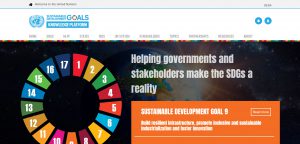
UN Sustainable development goals
The Division for Sustainable Development Goals (DSDG) in the United Nations Department of Economic and Social Affairs (UNDESA)
Europlanet has produced a set of school resources exploring the possibilities of life on the Red Planet.
A one-stop website for educators, parents and students searching for stellar resources which can inspire anyone to explore and investigate the world of STEM.
Find inspiration, resources, methods, and tools for running participatory, dialogue-oriented science communication activities.
We are a Physics & Astronomy platform on social media with over 1 Million+ combined followers! Join us in our journey to explore from Quarks to Quasars!
We are a project increasing the visibility of neurodivergent people in STEM (science, technology, engineering and mathematics) and STEM-related fields.
CESAR is an educational ESA initiative whose main objective is to engage secondary school students with the wonders of astronomy and, more generally, science and technology.
Explore your options, get experience with the world’s top employers and be confident about your career choices.
When you look at Earth from outer space, our differences of opinion can seem just a little less important. Get a different view with Our Place in Space.

